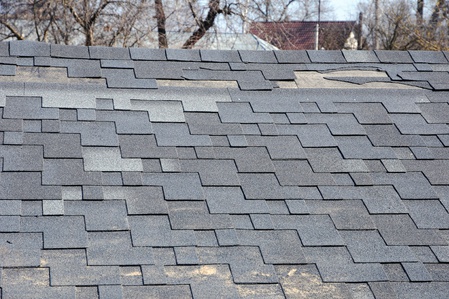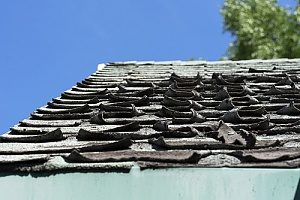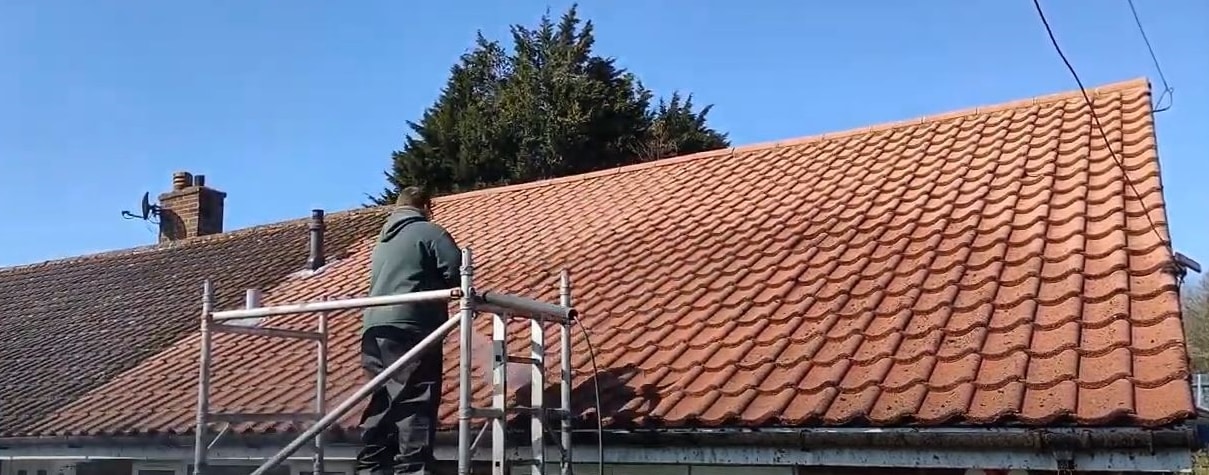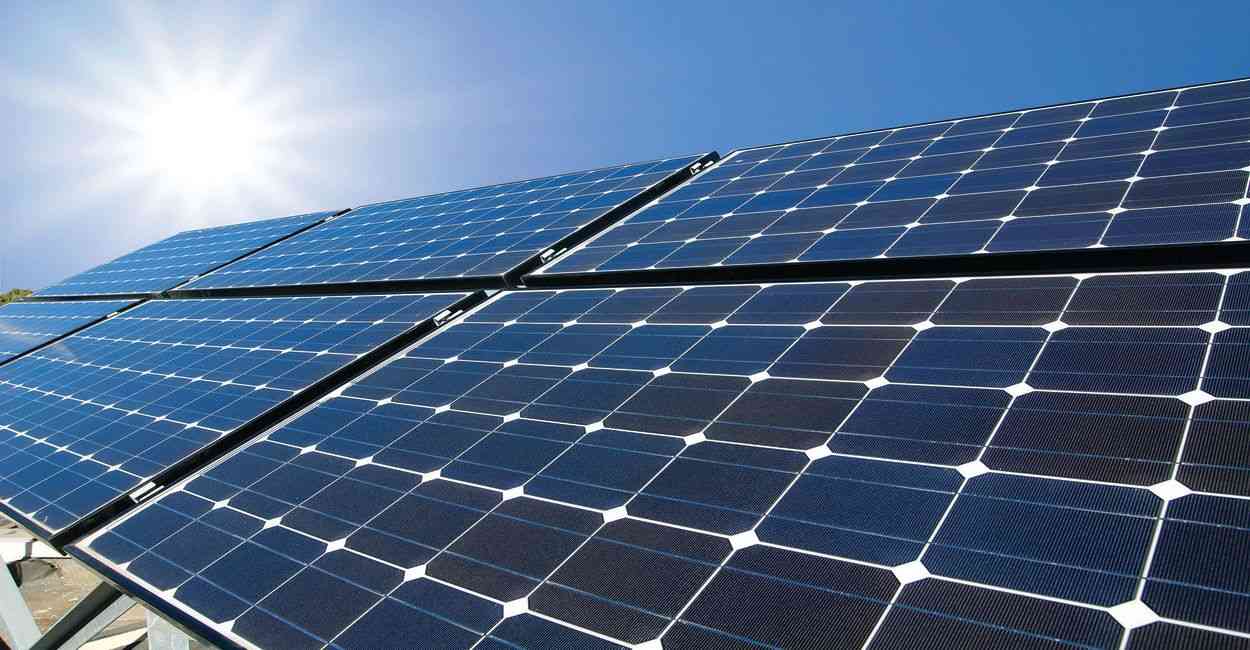How To Spot Wind Roof Damage & What To Do Next
3 min read
 Strong winds and storms are some of the most damaging elements your roof will experience during its life span. While your roof should be able to withstand heavy storms, sometimes winds are so strong that even the most durable roofing material doesn’t stand a chance.
Strong winds and storms are some of the most damaging elements your roof will experience during its life span. While your roof should be able to withstand heavy storms, sometimes winds are so strong that even the most durable roofing material doesn’t stand a chance.
Whether from falling debris or the wind itself, it’s important to be able to identify roof damage after a storm so you can take the necessary action.
How Strong Do Winds Need To Be To Damage a Roof?
Most wind damage from thunderstorms is caused by straight-line winds, also referred to as downbursts. The speed of these winds will determine the extent of damage they ultimately cause:
- 25 to 30 mph winds cause large branches to sway. You’ll also hear whistling sounds in nearby power and phone lines.
- 30 to 40 mph winds make entire trees move and sway.
- 40 to 45 mph winds break twigs and small branches.
- 45 to 55 mph winds snap large branches and weak tree limbs and cause slight structural damage.
- 55 to 65 mph winds create moderate structural and tree damage.
- Over 65 mph winds generate heavy to severe structural and tree damage.
Winds above 45 mph are those that homeowners should pay particularly close attention to as they pose the most significant risk of roof damage.
Regardless of whether your roof damage is extensive or minor, you should call for a professional roof inspection. Depending on the damage, you may need to file an insurance claim and request roof repair from a knowledgeable contractor.
Signs of Roof Wind Damage
After the storm dies down, head outside to visually inspect for damage to your roof.
Signs that indicate your roof sustained significant wind damage include:
- Shingle damage: Missing, peeling, curling, or otherwise visibly damaged shingles are a sure sign that strong winds have wreaked havoc on your roof.
- Granule loss: While granule loss occurs naturally over time, significant horizontal lines, bare spots, and cracks are signs that the seal on your shingles has broken.
- Water leaks: There may be a hole in your roof that isn’t as visible outside. Inspect the walls and ceilings inside your home for water damage.
- Debris: While this doesn’t involve the roof itself, the presence of large branches and other debris on the ground can give you some indication of roof damage.
- Lifting shingles: Mild winds may show residual damage from a recent storm if you look and listen for flapping on your roof. You may need an inspection to pinpoint which shingles have loosened near the nails.
- Divots: Usually forming at the edge of your shingles after blunt impact, divots often come with broken seals, which should be addressed quickly by a roof repair specialist.
What Steps Should You Take After Roof Wind Damage?
If a serious storm has recently ripped through your Virginia neighborhood, here are a few steps you can take to ensure your roof hasn’t been damaged (and some additional steps to take if it is):
- Inspect your property for visible signs of damage following a storm.
- Safely clean up any debris around your yard.
- Perform a visual inspection to identify water leaks on ceilings and walls.
- Photograph any damage you do find.
- Contact Beyond Exteriors for a free, on-site, no-obligation roof repair quote.
- File an insurance claim with your provider.
- Schedule your roof repair.
Has your roof sustained significant wind damage following a heavy storm? Call Beyond Exteriors at (703) 830-0863 to request your roof repair quote today!







.jpg)